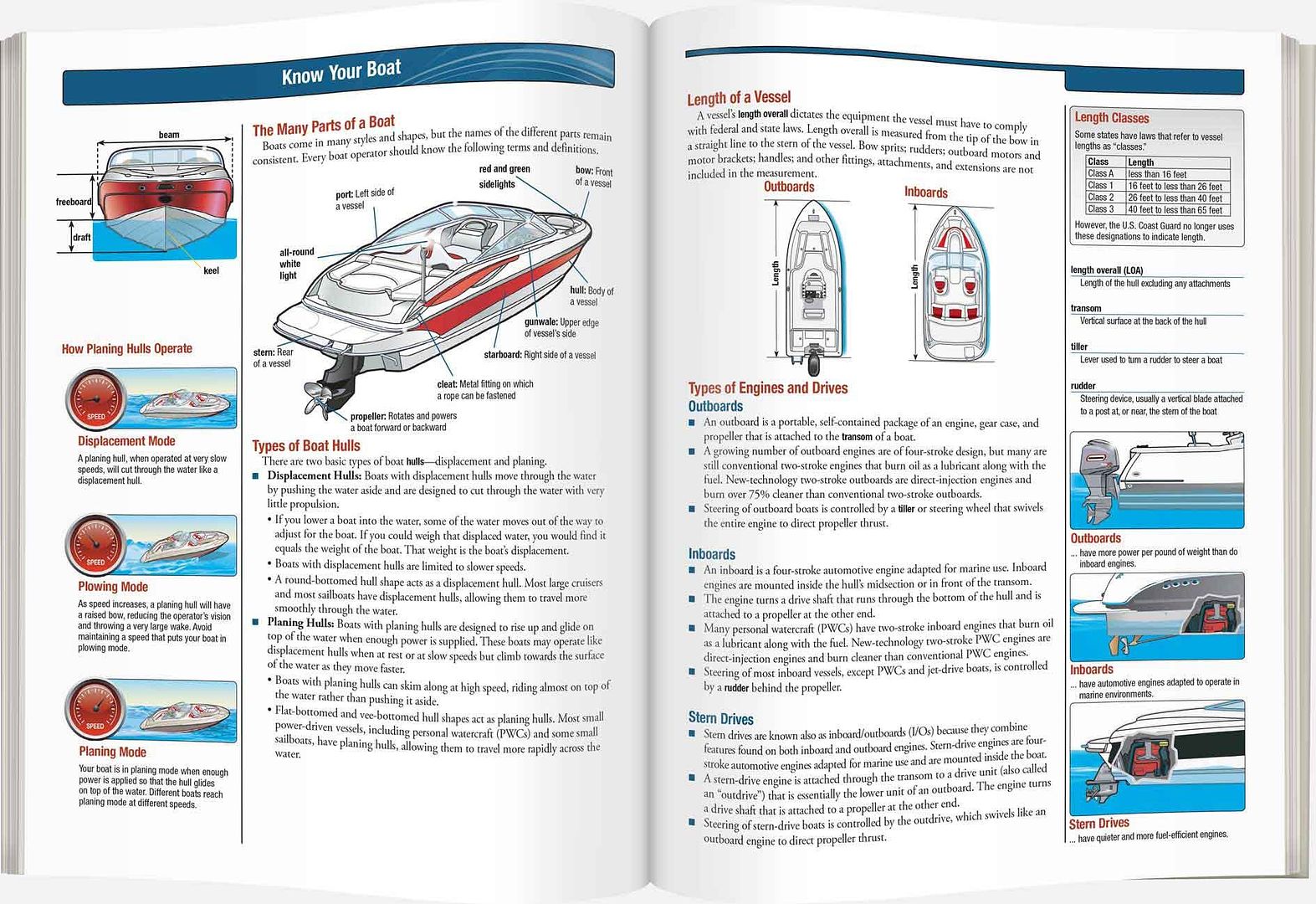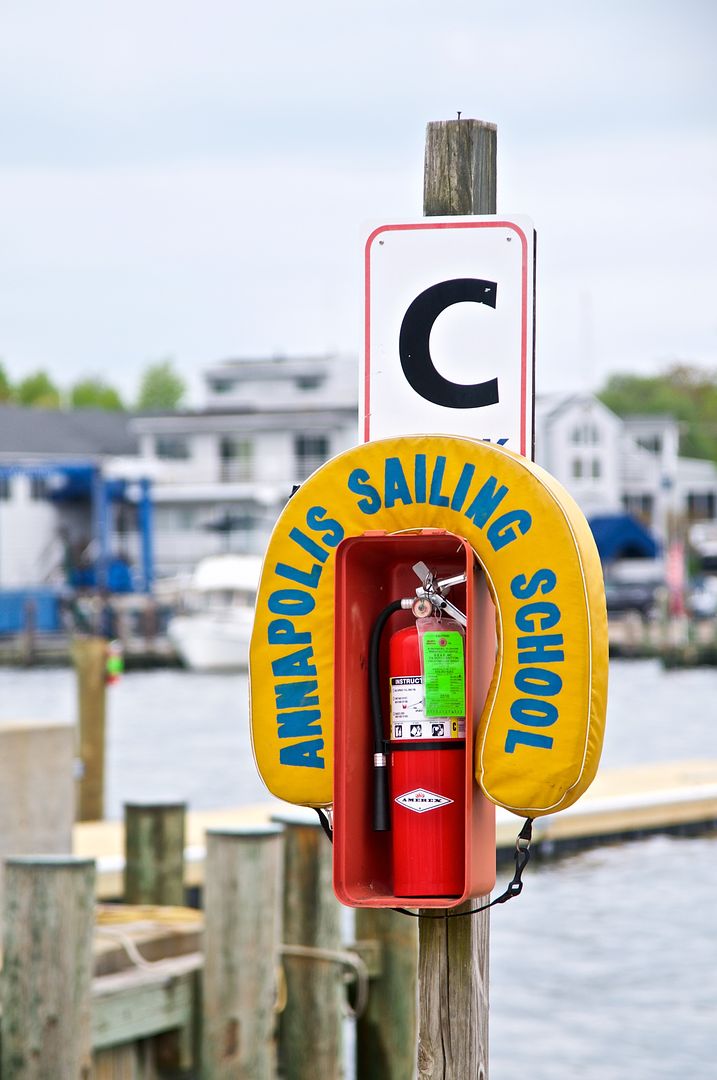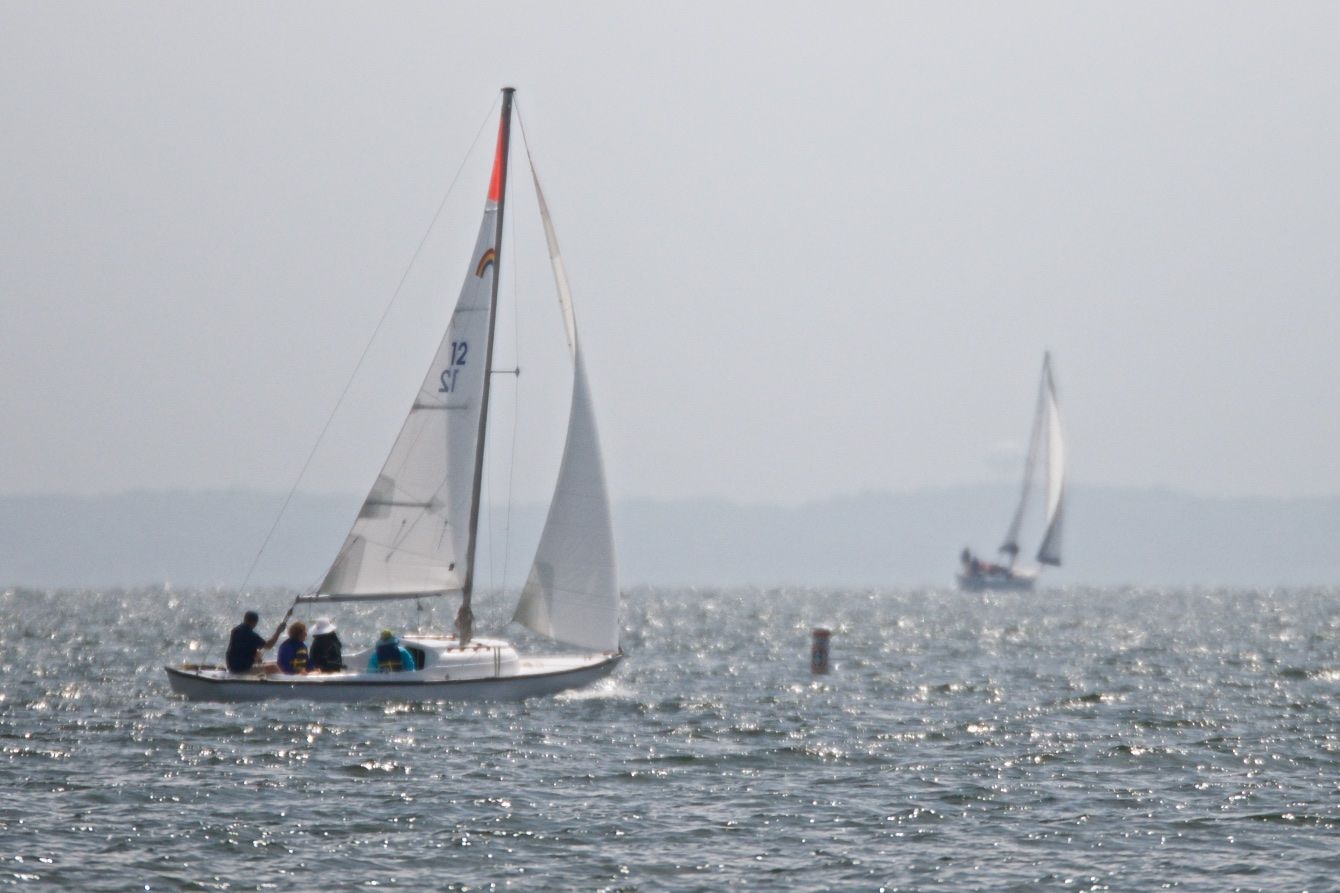My Crash Course in Sailing
--Blogpost written by Maggie
Bob has been sailing since he was a kid and is a very accomplished sailor. I, on the other hand, have only been sailing for the last 7 years with Bob. Like I said, he is a great sailor, a great engineer, successful business man and a kind and generous person. He is not, however, a patient teacher. He thinks that if he shows me something once that I should know how to do it the next time we sail, even if there are weeks or months between our sailing excursions. Hence, the need for me to take some classes.
 |
I have to get back to the fundamentals of sailing, despite my seven years of sailing experience with Bob. |
Boater Safety Class
The first class I took this spring was the Maryland Boater Safety course given by the Coast Guard Auxiliary. In this course I learned (with a very patient instructor) how to tie a bowline, a figure 8 stop knot and a half hitch. These are knots I had been trying to master with Bob's help this past year. I learned all of the parts of a boat, the required safety features, navigational markers and symbols, and "the rules of the road" for boaters.
 |
Much of the Maryland Boater Safety course was geared toward power boaters but the course helped solidify and further my knowledge of safe boating and was well worth the time invested. |
Sailing Lessons
My next course was a two-day sailing class offered by the Annapolis Sailing School. This school has been repeatedly voted the best sailing school for adults in the Annapolis area.
 |
| Annapolis Sailing School is located at the mouth of Back Creek in Annapolis and it has been educating sailors since 1959. |
In the class we did 1 hour of theory and then 2 hours on the water in the morning and then again after lunch for two days. We learned to rig the sails on the 24 foot Rainbow sailboats the school uses for instruction.
And by the way I was a star at tying knots in the class especially the cleat knot that Bob had successfully taught me. We learned to detect the wind direction, steer with a tiller, adjust the jib and mainsail, tack, come about, and dock the boat. In the theory that afternoon we learned about the different sail positions for the various wind and course directions.
 |
| Here I'm adjusting the jib by watching the tell tales. We were sailing out into the Chesapeake Bay at this point. |
That afternoon we practiced the skills from the morning and afternoon theory class. The next day we repeated the schedule of theory and practice. We added the skills of "crew overboard" recovery, which we practiced repeatedly along with sharpening the skills we had already learned.
 |
| I'm helping my crew mates take down all the rigging. We folded and stowed the sails each day and rigged the boat each morning. I got to practice my cleat knots repeatedly. |
By the end of the two days I felt competent to be a first mate with Bob as the captain. I'm anxious to get out on the water to practice and hone my sailing skills and maybe even impress Bob with my new knowledge and confidence. Hopefully, there will be very little yelling from now on!
This is our 200th blogpost and we're just short of 20,000 page views! Thanks for following our blog!

Well first off, congrats on your 200th post and 20,000 page views - that's great!!
ReplyDeleteI also took a sailing class because I figured it would be far better if I learned from someone else rather than from my hubby :-) I still need to improve upon my knots. Good on you for being the star knot tier in class.
Cheers - Ellen
Thanks for the comment. I wanted to call the blog post "Learning to Sail without the Yelling" but Bob nixed that. I checked out your blog and will be following it. I came to the adventurous life style later than you did but better late than never. My children are still trying to get their heads around my lifestyle change but they'll get used to it I'm sure.
ReplyDeleteP.S. I would never have learned the knots without my patient teachers.